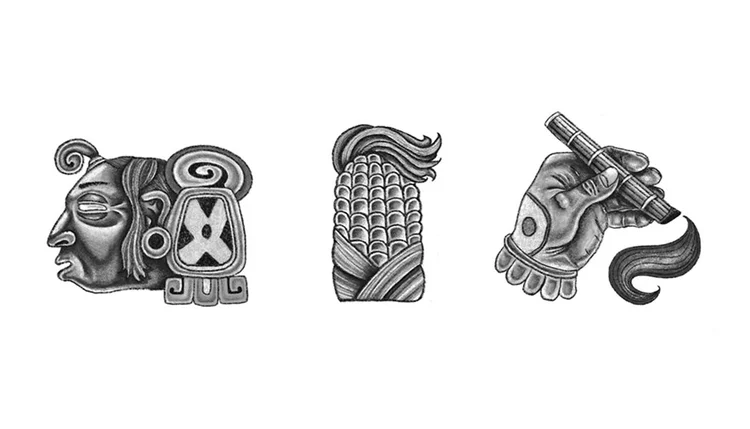Cultivación del Maíz
Cultivación del Maíz
9.5” W x14.5” H, Pencil on Paper
This drawing was inspired by a small section from the mural titled "Mural: The Huaxtec Civilization” by Diego Rivera, painted in 1951 at the National Palace (Palacio Nacional) in Mexico City.
Corn (maize) was first domesticated in the Tehuacán Valley of Puebla, Mexico, around 9,000 years ago from a wild grass called teosinte. Early Mesoamerican civilizations selectively bred teosinte for larger, more nutritious kernels, leading to the maize we recognize today. The oldest known corn cobs were discovered in Tehuacán, providing key evidence of its early domestication.
Importance of Corn in the Americas
Corn became the foundation of Mesoamerican societies, serving as a primary food source and a sacred crop in religious and cultural traditions. The process of nixtamalization, developed by these early civilizations, enhanced its nutritional value and made it more digestible. Corn played a vital role in the development of major Pre-Hispanic and Pre-Columnian civilizations who depended on it for sustenance.
Countries Where Corn is Still a Staple
Today, corn remains a dietary staple in Mexico, Guatemala, El Salvador, Honduras, Nicaragua, Costa Rica, and much of South America, where it is used in traditional foods like tortillas, tamales, arepas, and pupusas. It is also widely consumed in the United States, particularly in indigenous communities and the broader food industry. Corn continues to be a vital crop, supporting economies, cultural traditions, and global agriculture.
This drawing reflects the central role of maize in Mesoamerican civilization, both as a staple food and a symbol of life, prosperity, and spiritual connection. I hope to honor the indigenous contributions to agriculture and their enduring impact on modern identity.


